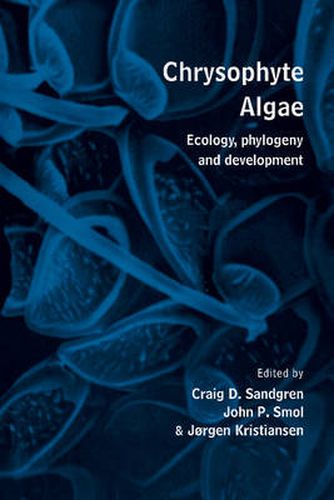Readings Newsletter
Become a Readings Member to make your shopping experience even easier.
Sign in or sign up for free!
You’re not far away from qualifying for FREE standard shipping within Australia
You’ve qualified for FREE standard shipping within Australia
The cart is loading…






Research activity involving algae in the classes Chrysophyceae and Synurophyceae (‘chrysophytes’) has increased dramatically over the last decade. These beautiful and delicate organisms are pivotal for studies of protistan evolution, food web dynamics in oligotrophic freshwater ecosystems, and for the assessment of environmental degradation resulting from eutrophication and acid rain. They also represent excellent model cellular systems for studying processes inherent in basic metabolism, biomineralization, endo- and exo-cytosis and macro-assembly of cell surface layers. This book gives a broad overview of current research, emphasizing the phylogeny, ecology and development of these organisms. Each chapter also contains reviews of the literature, and presents ideas for future research. Phycologists, palaeoecologists, limnologists and plankton ecologists will find this a mine of invaluable information.
$9.00 standard shipping within Australia
FREE standard shipping within Australia for orders over $100.00
Express & International shipping calculated at checkout
Research activity involving algae in the classes Chrysophyceae and Synurophyceae (‘chrysophytes’) has increased dramatically over the last decade. These beautiful and delicate organisms are pivotal for studies of protistan evolution, food web dynamics in oligotrophic freshwater ecosystems, and for the assessment of environmental degradation resulting from eutrophication and acid rain. They also represent excellent model cellular systems for studying processes inherent in basic metabolism, biomineralization, endo- and exo-cytosis and macro-assembly of cell surface layers. This book gives a broad overview of current research, emphasizing the phylogeny, ecology and development of these organisms. Each chapter also contains reviews of the literature, and presents ideas for future research. Phycologists, palaeoecologists, limnologists and plankton ecologists will find this a mine of invaluable information.